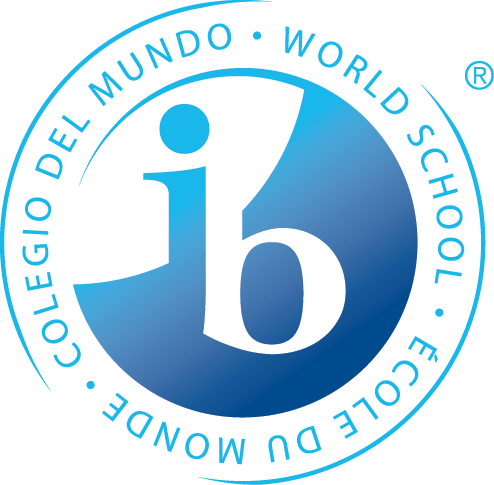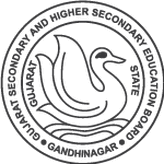The Seven Learning Styles and How to Identify Them
Since the 1970s, multiple psychologists and educational theorists have offered differing theories about various kinds of learning styles, that is, the unique ways in which individuals learn best, not only in the classroom but also in routine everyday life.
While the concept of learning styles is widely contested, it is still a significant factor to consider in order to enhance the educational experience. The most common classification of learning styles is based on Howard Gardner’s theory of Multiple Intelligences.
Gardner defined seven main types of learning styles which are described below. Two or more styles may overlap within a single individual which broadens the possibilities of how he/she can learn best.
Visual (spatial)
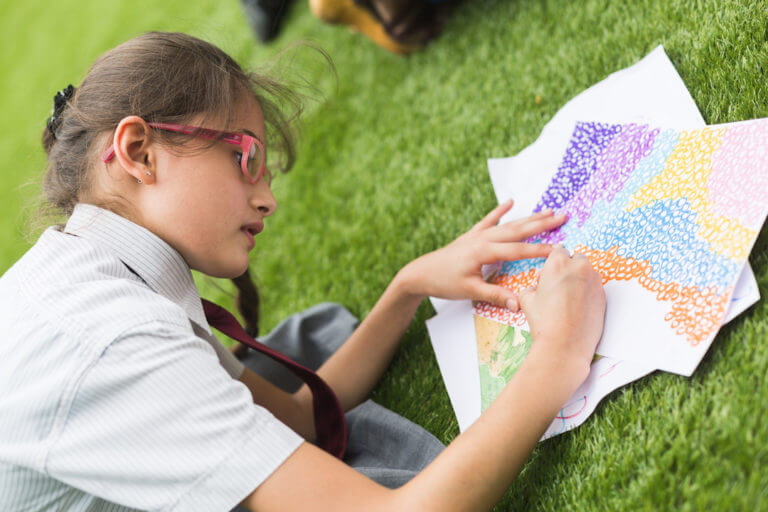 Visual learners can relate better to pictures, images and spatial understanding. They are the kind of people to whom the popular idiom of “a picture is worth a thousand words” holds unequivocally true. They are good at reading maps and graphics so can better comprehend information that is presented in such visual forms.
Visual learners can relate better to pictures, images and spatial understanding. They are the kind of people to whom the popular idiom of “a picture is worth a thousand words” holds unequivocally true. They are good at reading maps and graphics so can better comprehend information that is presented in such visual forms.
Aural (auditory-musical)
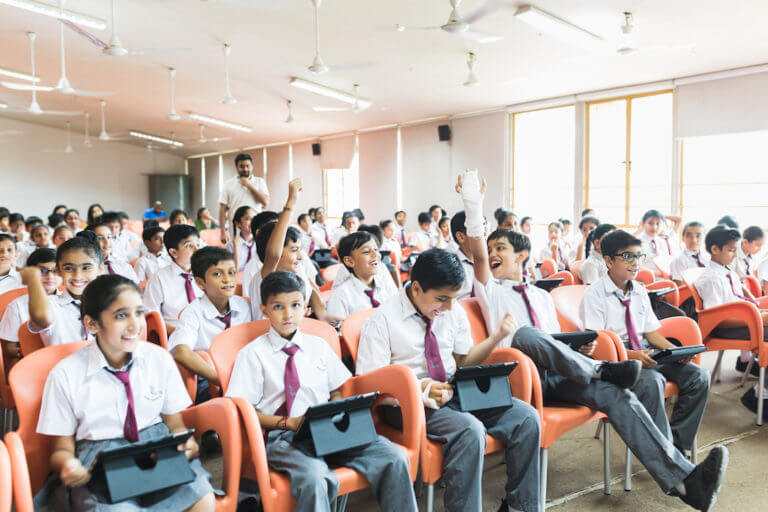 These kinds of learners prefer to learn through sounds and music. They perform well in traditional lecture-driven classroom setups. They can better retain information by speaking it out loud or recording and hearing it back. They are good at keeping up with verbal instructions and enjoy expressing through drama and music.
These kinds of learners prefer to learn through sounds and music. They perform well in traditional lecture-driven classroom setups. They can better retain information by speaking it out loud or recording and hearing it back. They are good at keeping up with verbal instructions and enjoy expressing through drama and music.
Verbal (linguistic)
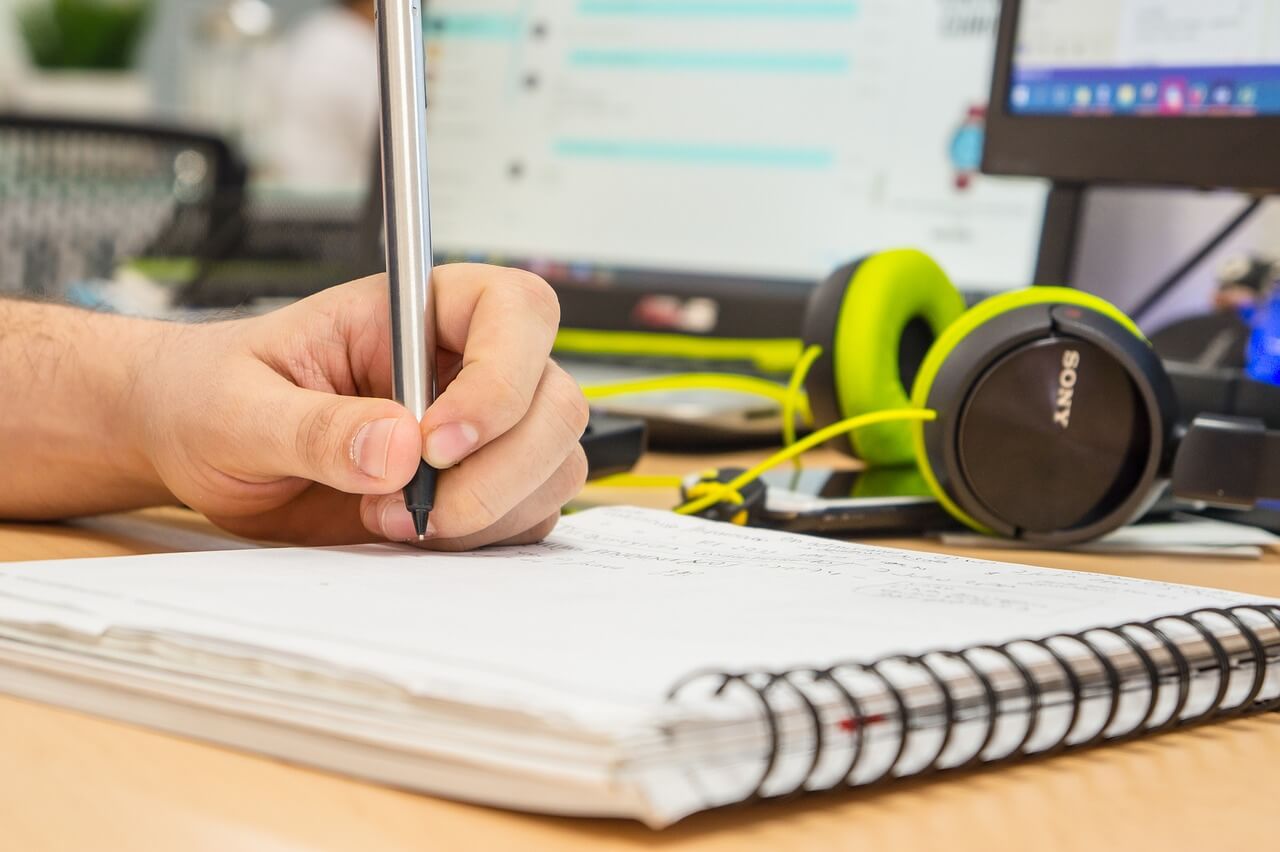 Verbal learners find it easy to express themselves, both in writing and speaking. They best absorb information through reading and can easily pick up and use new words. Rhymes, limericks, mnemonics and the like are all effective tools to enhance learning for verbal learners. Verbal learners are most often adept communicators and good at learning foreign languages too.
Verbal learners find it easy to express themselves, both in writing and speaking. They best absorb information through reading and can easily pick up and use new words. Rhymes, limericks, mnemonics and the like are all effective tools to enhance learning for verbal learners. Verbal learners are most often adept communicators and good at learning foreign languages too.
Physical (kinaesthetic)
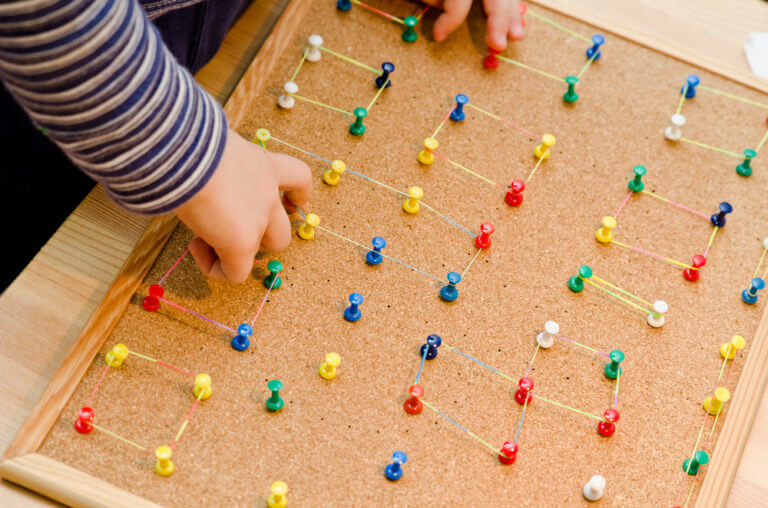 These are the individuals who cannot sit in one place and learn. They require movement and hands-on activity to acquire and retain information.
These are the individuals who cannot sit in one place and learn. They require movement and hands-on activity to acquire and retain information.
Physical learners are more sensitive to the physical world around them. For instance, they notice and appreciate textures and like using their hands to make models or work out jigsaws. They can learn best through use of manipulative and various play activities.
Logical (mathematical)
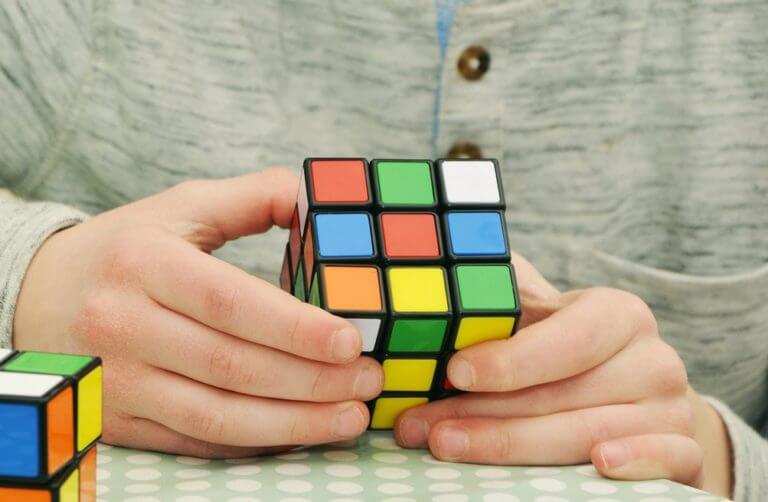 Logical learners are adept at solving math problems, abstracting visual information and analysing cause and effect relationships. They are drawn to logic puzzles and games. They are also natural tinkerers and builders who enjoy bringing mathematical and conceptual ideas into reality via hands-on projects such as computer assisted design, creating electronic devices, using computer applications, or programming computers.
Logical learners are adept at solving math problems, abstracting visual information and analysing cause and effect relationships. They are drawn to logic puzzles and games. They are also natural tinkerers and builders who enjoy bringing mathematical and conceptual ideas into reality via hands-on projects such as computer assisted design, creating electronic devices, using computer applications, or programming computers.
Social (interpersonal)
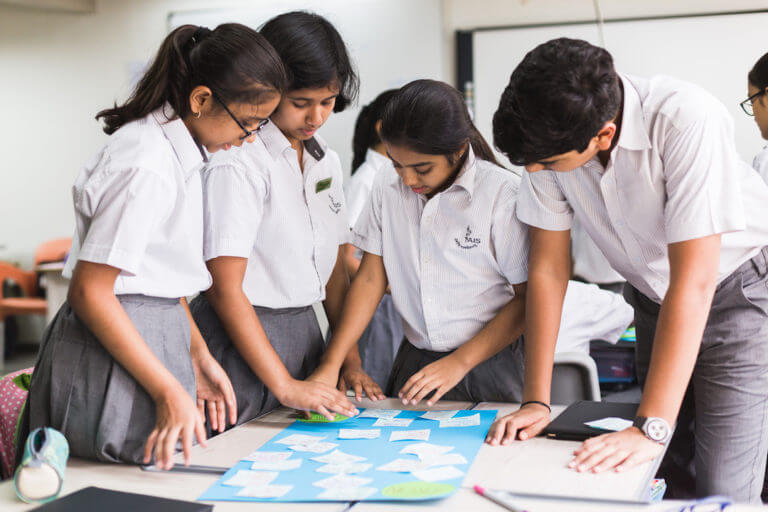 Social learners enjoy interaction with others and do well in group settings. They communicate well and heighten their learning by sharing thoughts and ideas with others. They are best taught through group activities, seminars, and dialogues.
Social learners enjoy interaction with others and do well in group settings. They communicate well and heighten their learning by sharing thoughts and ideas with others. They are best taught through group activities, seminars, and dialogues.
Solitary (intraprsonal)
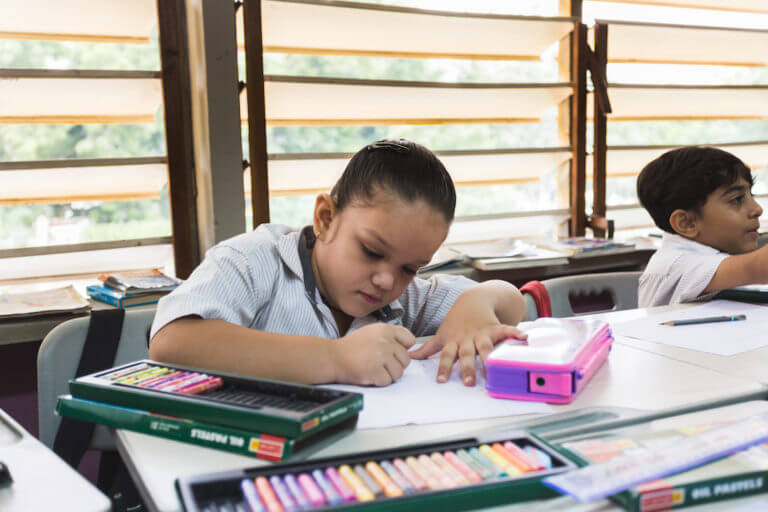 These learners prefer to work alone and use self-study. they are typically introspective and need to work through their thoughts on their own in order to process and reflect upon their learning. They are the most independent kind of learners and have good self-awareness. They work best with tools such as books and journals.
These learners prefer to work alone and use self-study. they are typically introspective and need to work through their thoughts on their own in order to process and reflect upon their learning. They are the most independent kind of learners and have good self-awareness. They work best with tools such as books and journals.

